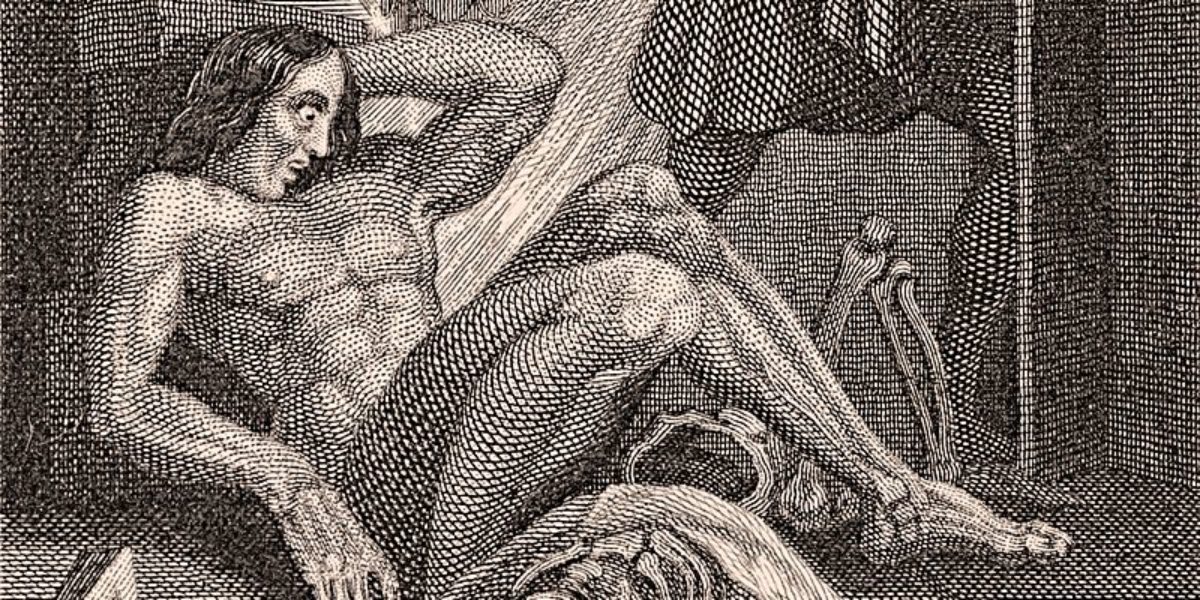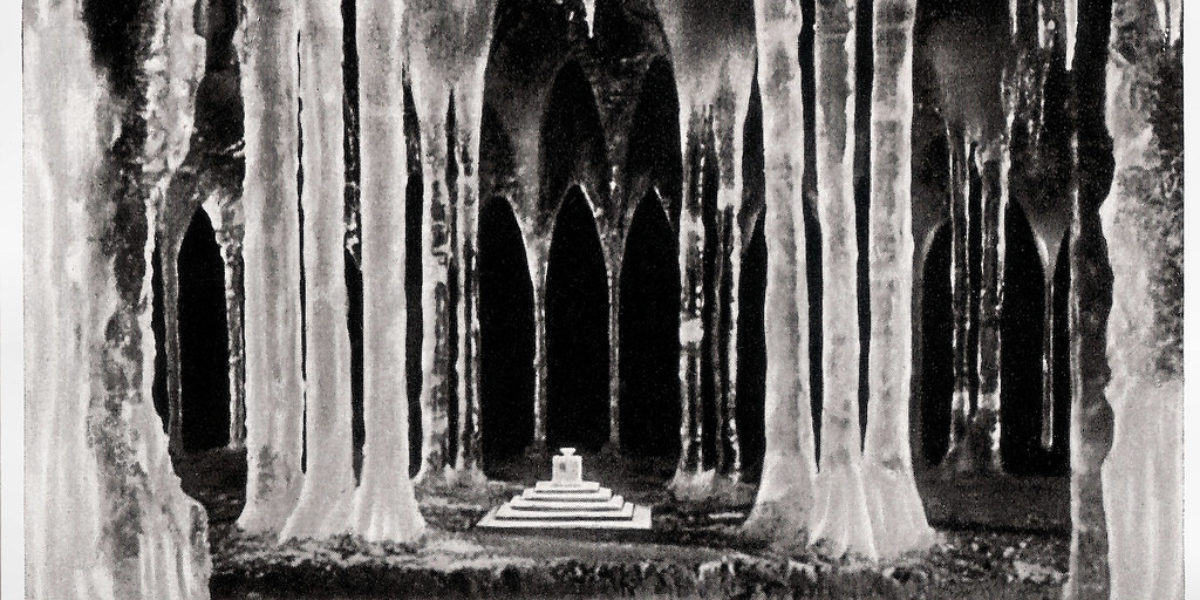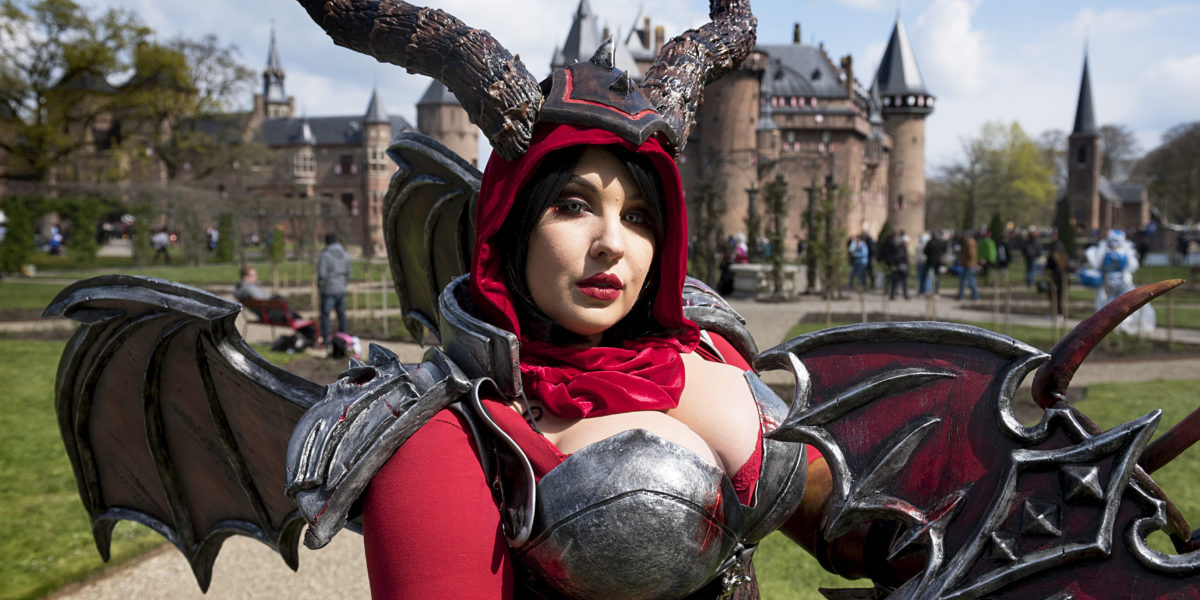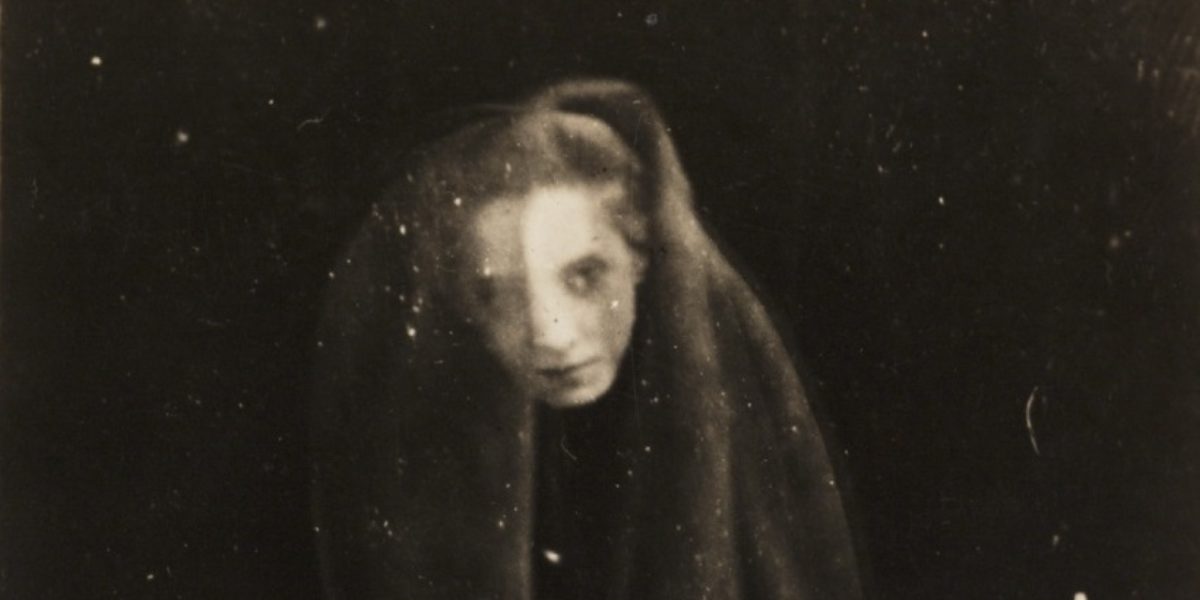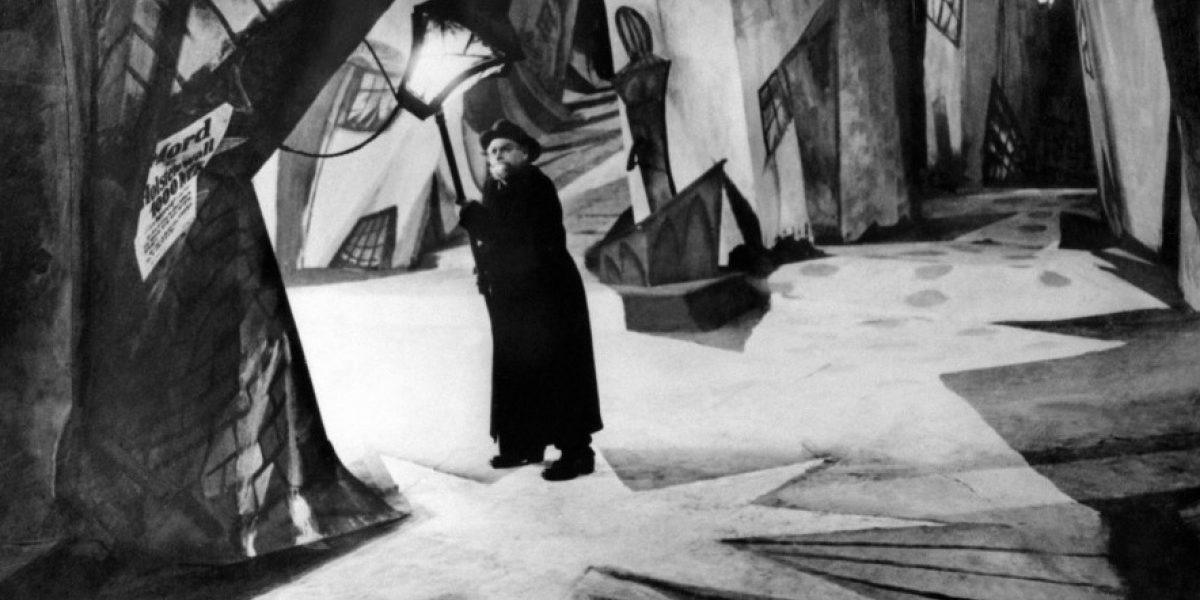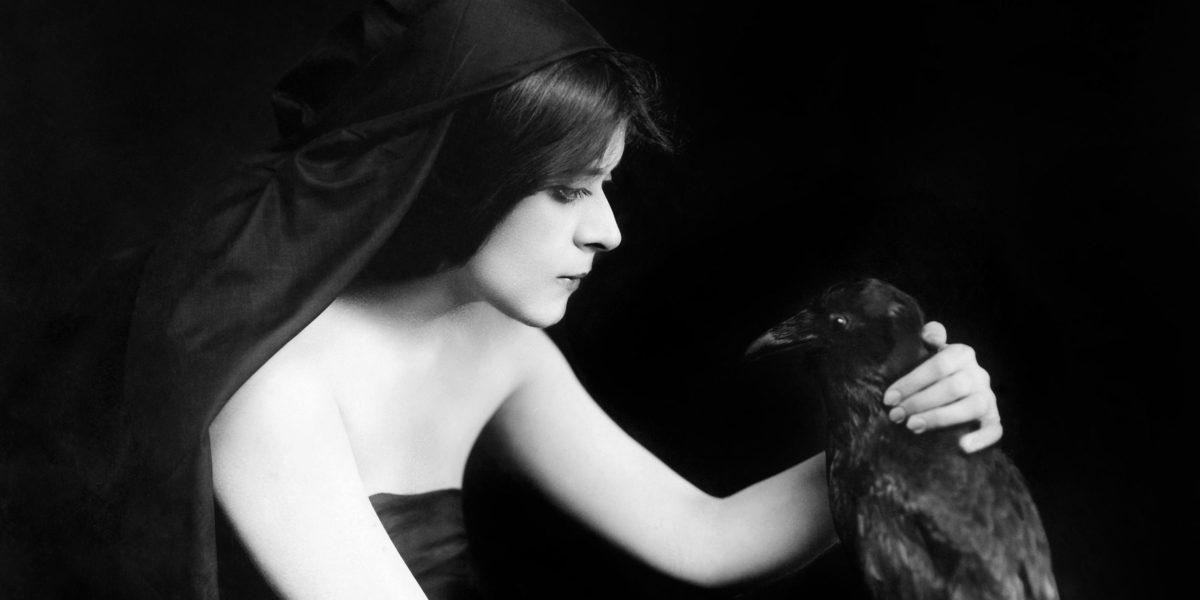Questions of identity play an important role in Goth, making it a typically modern phenomenon. As modern human beings, we constantly ask ourselves: who am I? Where do I belong? Many Goths pursue the ultimate self-expression: with outfits they carefully make or piece together themselves and extreme hair styles and makeup, they claim a place outside everyday life. The flirtation with darkness, with the freak show, is liberating: an outsider has no reason to worry about what others think.
Conversely, the subculture represents a community in its own right: like-minded people who meet in clubs and at festivals, or who share their favourite music and outfits online. It is a style composed of distinctive elements and historical examples, which means it remains unique and yet familiar. With its opulent mourning dresses and weathered tombs, the 19th century is an important source of inspiration for romantic Goths. Reuse and reinterpretation lend the past a macabre, Gothic edge, enabling anyone to design their own darkness.
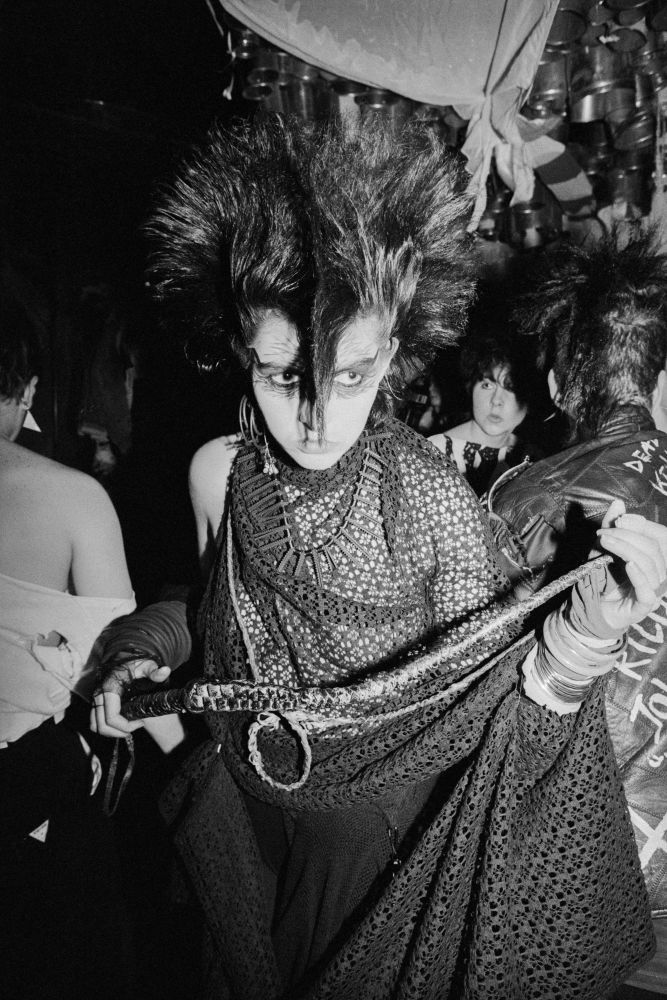
“I don’t live in darkness; darkness lives in me” — Popular meme found on Pinterest, Tumblr, Instagram and T-shirts
The romantic quest for personal identity has a long history. In the 19th century too, the Gothic was a battlefield for the great questions of identity, the individual and the community. Designers and artists adopted the ‘Gothic’ past of the Middle Ages as an example for an ideal society of their own. Such interpretations of the Gothic were not necessarily dark, and could also be decidedly conservative. Yet each in its own way pursued a romantic re-enchantment of the world. Goth is where the Gothic Revival’s fascination for identity merges with the darkness of the Gothic novel.
